The investment policy for the North-South high-speed railway project is expected to be submitted to the National Assembly for consideration, comment and decision at the 8th Session at the end of this month. This is the largest and most modern project ever, with a total estimated investment of about 67 billion USD, equivalent to about 1.7 million billion VND at the current exchange rate. One of the issues of concern is the investment capital plan for the project.
The North-South high-speed railway project was studied nearly 15 years ago. At that time, Vietnam's GDP was only about 147 billion USD, so the total investment of 56 billion USD for the project accounted for 38% and pushed the public debt ratio to nearly 57% of GDP, a level that almost reached the allowable threshold.
At this point, when the demand for transportation is increasing, the economic scale this year is forecast to reach over 465 billion USD, which is more than 3 times higher than in 2010, the resources to invest in the high-speed railway of 67 billion USD is no longer a big obstacle.
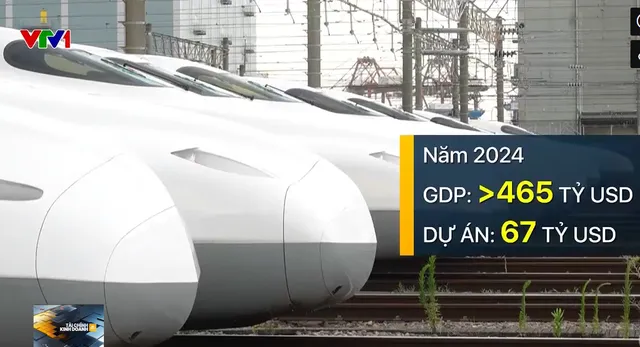
The economic scale in 2024 is forecast to reach over 465 billion USD, so the resources to invest 67 billion USD in high-speed railway is no longer a big obstacle.
Mr. Chu Van Tuan - Deputy Director of the Railway Project Management Board, Ministry of Transport said: "By 2027, when we start construction, our economic scale is expected to reach about 560 billion USD. With the potential scale of our economy like that, we can completely meet the demand. Through the consultant's assessment, we are completely capable of meeting the requirements of balancing investment resources."
Regarding the form and source of investment capital, the Ministry of Transport said that the North-South high-speed railway project is invested in the form of public investment with many forms including budget capital, government bond capital and loans.
Mr. Tran Thien Canh - Director of Vietnam Railways Department said: "The infrastructure part that we are planning is to use public investment sources and the means and equipment part will use borrowed capital and then will be handed over to Vietnam Railways Corporation as the business unit and repay the loan capital. From this arrangement, we have also consulted and learned in 6 countries and the cost structure is almost the same".
With the plan to allocate capital for the project over about 12 years. On average, each year will need to invest about 5.6 billion USD, or about 145,000 billion VND at the current exchange rate.
The issue of arranging capital for the project is also tending to be more favorable in the coming time. The Ministry of Finance's assessment shows that, if approved, by 2030 the project will fully meet the three criteria of public debt safety, government debt and national debt all lower than the allowable level of 5 to 15%.
The spillover effects of the North-South high-speed railway
According to the planned capital allocation plan, the project will need about 5.6 billion USD each year, equivalent to about 16.2% of the annual medium-term public investment capital in the period 2026-2030. This is considered an acceptable rate for the scale of Vietnam's economy in the coming time.
Because when the project is implemented and operated, it will contribute back to the economy by creating millions of jobs and income for people and businesses. Research also shows that the project will help increase the average GDP of the whole country by nearly 1 percentage point per year compared to not investing in the project.
Specifically, the high-speed railway on the North-South axis will help strengthen regional connectivity, growth poles, spillover, and increase competitiveness for the economy. Restructure urban areas, create development opportunities for localities. Create a premise for the development of the railway industry, construction industry, supporting industry, materials and create millions of jobs. Serve socio-economic development, ensure national defense and security; help restructure the transportation market share in an optimal direction and contribute to reducing logistics costs.
Efficiency from the North-South high-speed railway
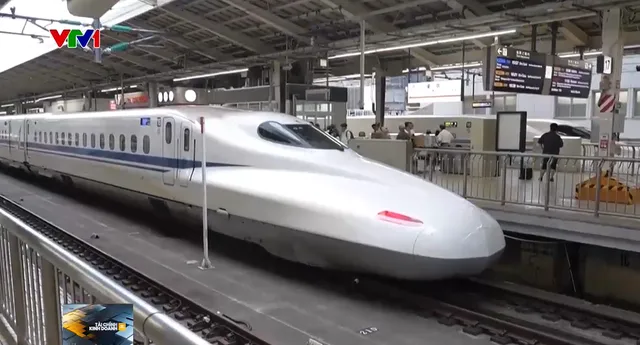
The entire high-speed railway line on the North-South axis will have 23 passenger stations, with an average distance of about 67km.
High-speed railways are considered an important mode of transport with large volumes, helping to redistribute according to the advantages of each current mode of passenger transport. On the North-South economic corridor alone, by 2050, it is forecasted to transport 1.1-1.3 billion passengers per year and up to 1.4-1.7 billion tons of goods per year.
This volume will be handled by all types of transport. In particular, for goods, sea and river routes have the advantage of transporting large volumes at low costs, so they will be handled together with existing railways after renovation and upgrading. As for passengers, short distances under 150km are dominated by roads. Medium distances of 150km-800km are dominated by high-speed railways, and long distances over 800km are dominated by aviation and high-speed railways.
Mr. Dao Ngoc Vinh - General Director of Transport Design Consulting Corporation (TEDI) said: "A distance of 800km, for example, could be between Hanoi and Nha Trang or between Vinh and Ho Chi Minh City or Da Nang and Ho Chi Minh City, not necessarily from Hanoi to Ho Chi Minh City. Because passengers get on and off at very flexible distances."
According to the plan, the entire high-speed railway line on the North-South axis will have 23 passenger stations. The average distance is about 67km. Each province and city will have at least one station to serve the maximum travel needs of the people.
Mr. Nguyen Dat Tuong - Former General Director of Vietnam Railway Corporation said: "The principle of high-speed railway is to connect from point to point, that is, from the centers of big cities to ensure the number of passengers".
When approved, high-speed railways will create a large market when infrastructure accounts for about 40 billion USD and equipment about 27 billion USD. The goal is to master the construction industry, gradually master and localize the manufacturing of carriages, power supply systems, signal information. Self-control in all operations, maintenance and production of some replacement components.
Mr. Nguyen Trong Dac - Deputy General Director of Viet Duc Steel Corporation said: "Our production capacity is relatively good in terms of output. In addition, for some special products, the enterprises themselves will have to research and invest, especially in terms of technology."
“Step by step, we are moving towards mastering this activity. Of course, mastering it has its own level, it has to be gradual, and it is based on technology transfer, it is based on very important human resource training”, said Mr. Ngo Cao Van - Nguyen Deputy General Director of Vietnam Railway Corporation.
Electric high-speed rail will also be the least emission-intensive mode of transport compared to aviation, road and maritime transport. This is the optimal solution in transforming transport modes to contribute to reducing net emissions to zero by 2050 in Vietnam.
According to the leader of the Ministry of Transport, the implementation of the high-speed railway is oriented not to depend on foreign countries, because borrowing from any country will be binding. The proposed investment capital plan will be balanced from domestic capital sources and loans with preferential conditions and few constraints. The most important thing is to transfer technology to Vietnam. It can be seen that an important national project such as the North-South high-speed railway will be evaluated not only based on the total investment figure but also considered from many comprehensive, scientific and practical perspectives. The project investment policy is expected to be submitted to the National Assembly for consideration, comments and decision at the 8th Session at the end of this month.
VTV.VN
Source: https://tuoitre.vn/thong-xe-nhanh-ham-chui-nguyen-van-linh-nguyen-huu-tho-huong-tan-thuan-di-quoc-lo-1-20241004092025064.htm#content-5



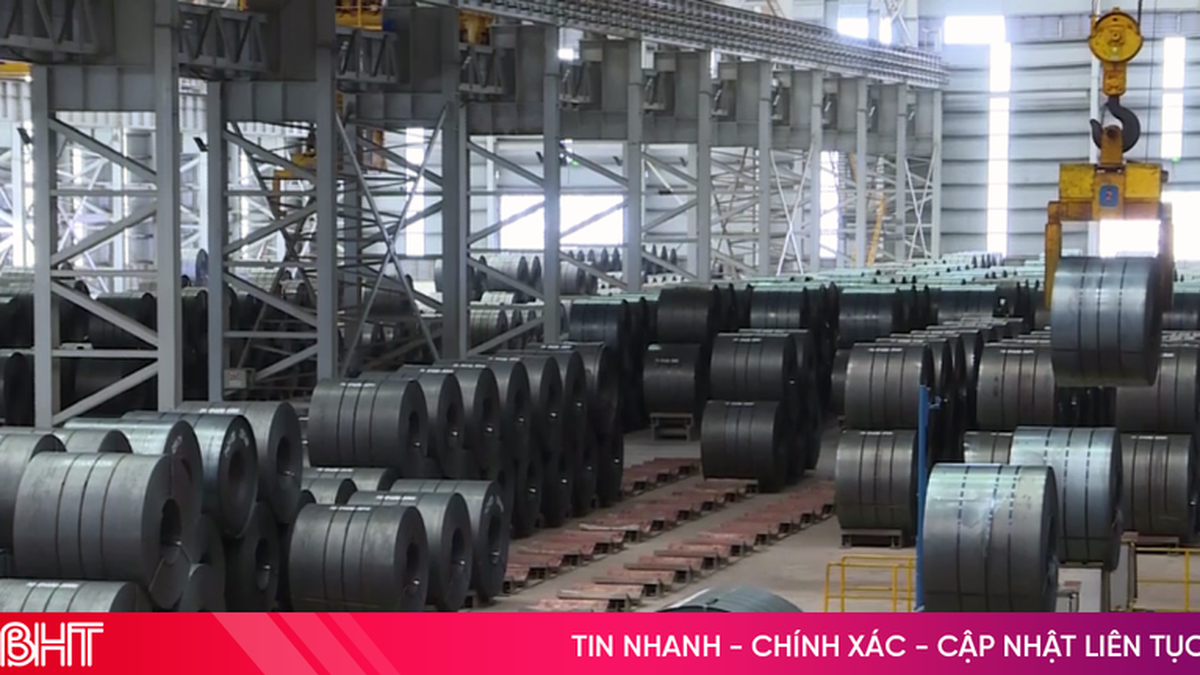
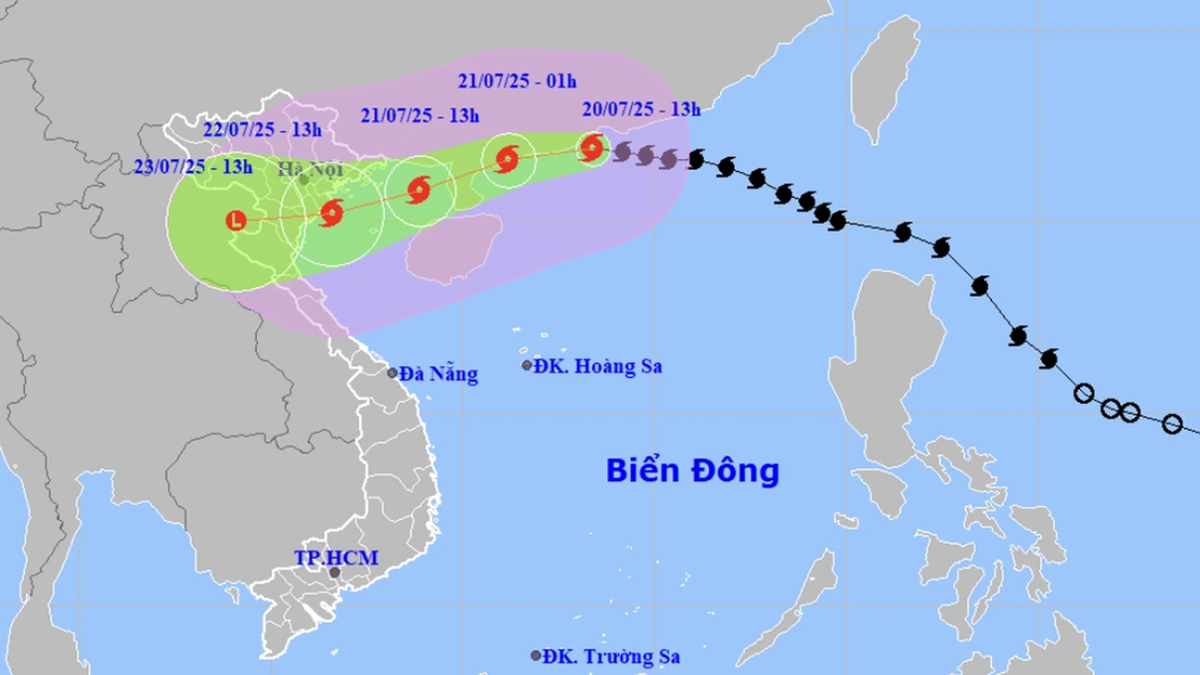
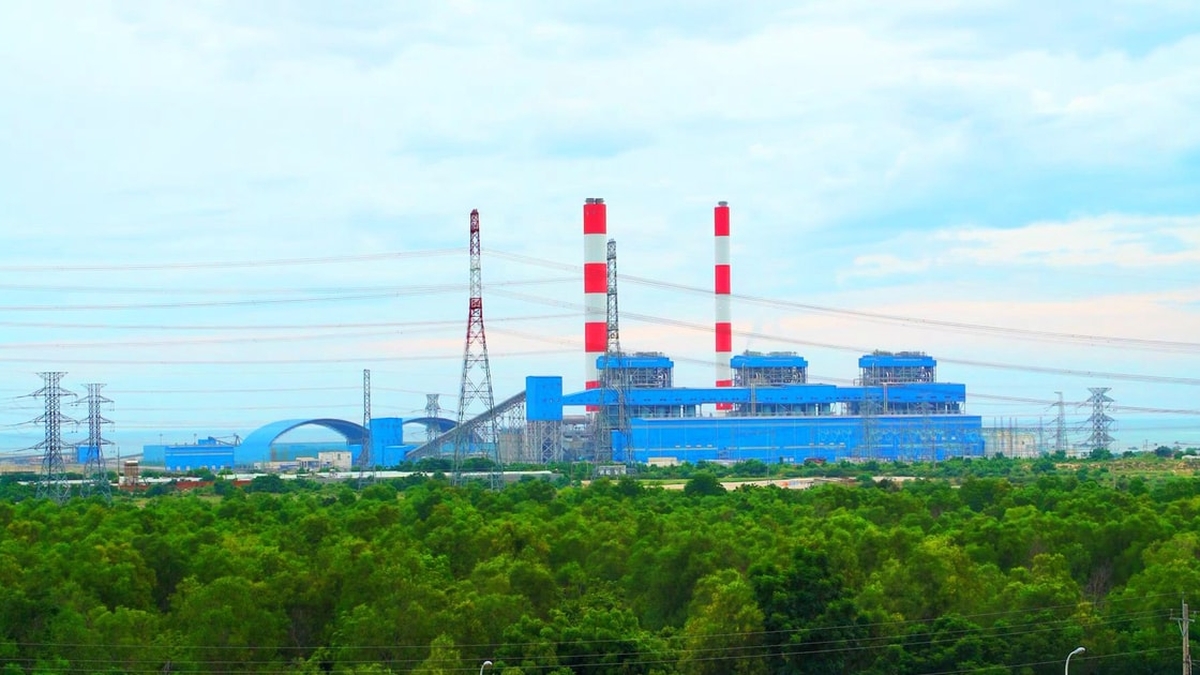
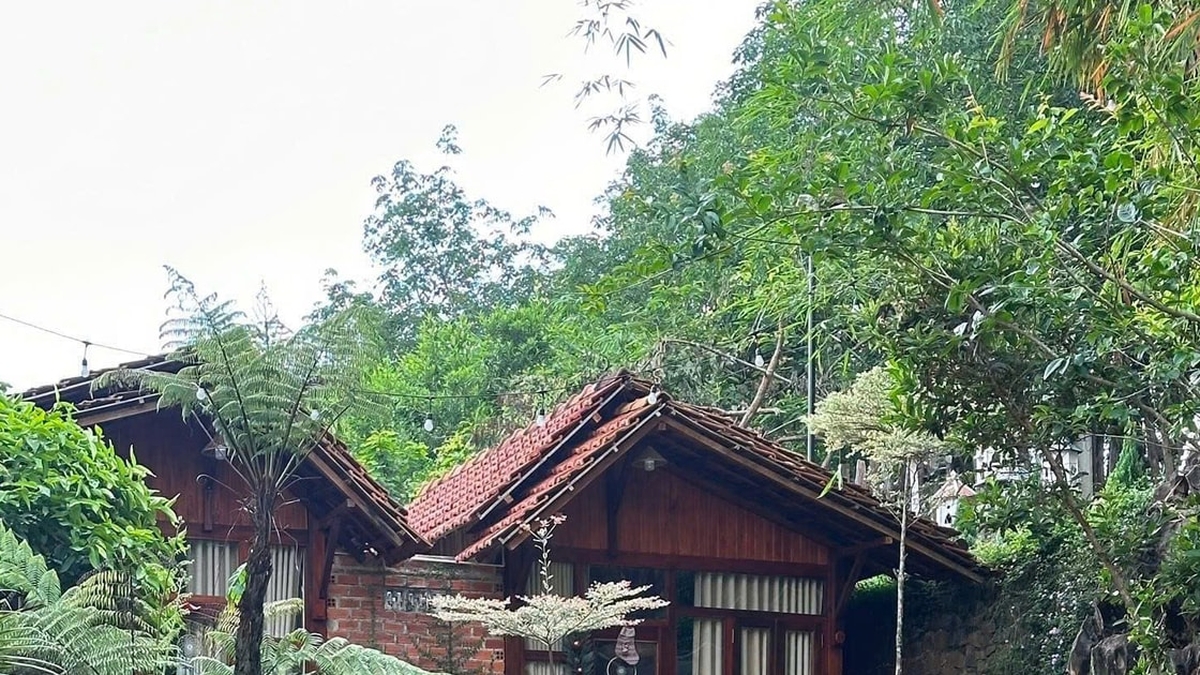
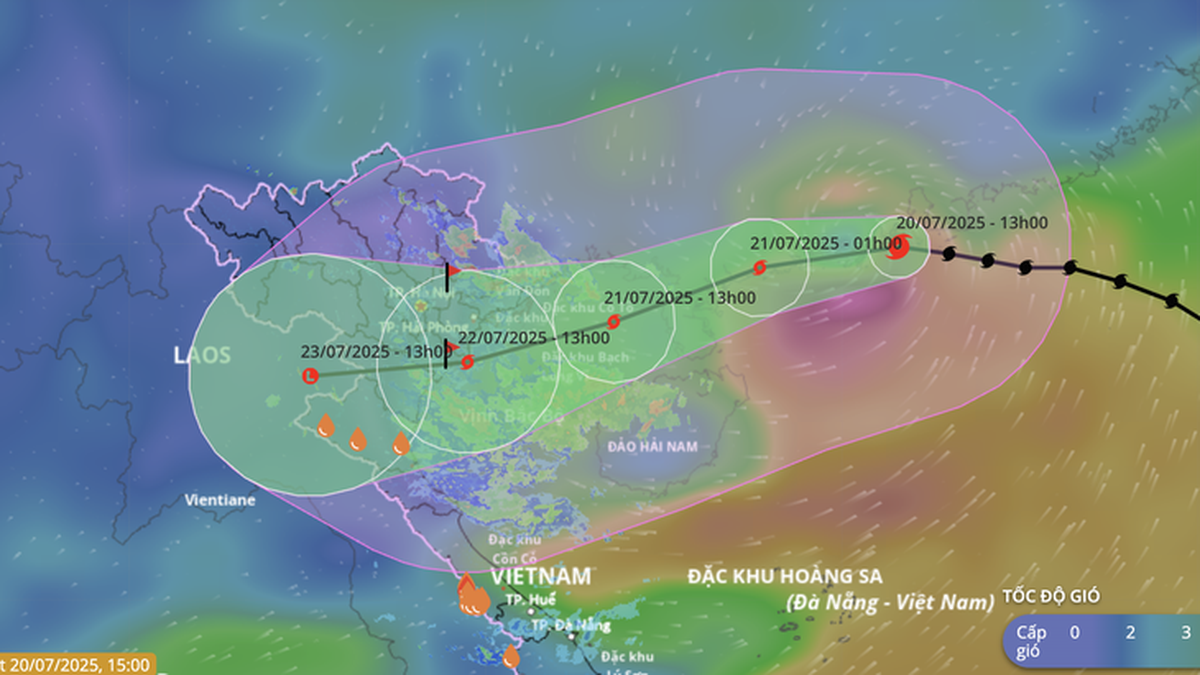


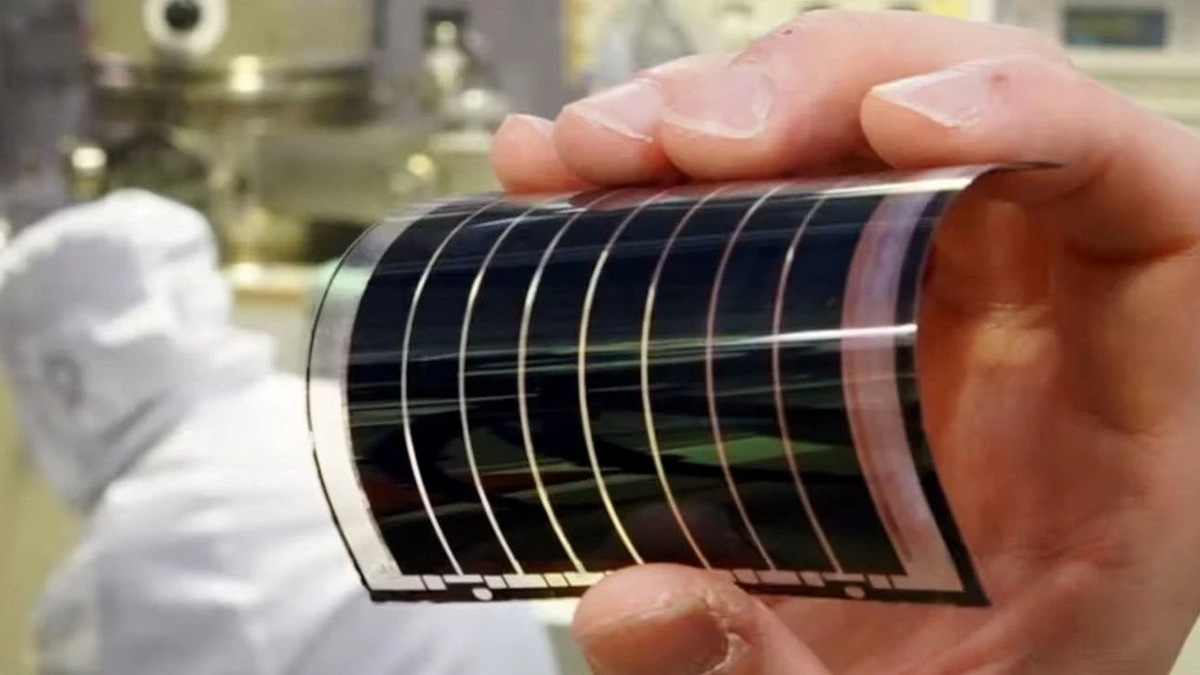















![[Photo] National Assembly Chairman Tran Thanh Man visits Vietnamese Heroic Mother Ta Thi Tran](https://vphoto.vietnam.vn/thumb/1200x675/vietnam/resource/IMAGE/2025/7/20/765c0bd057dd44ad83ab89fe0255b783)






































































Comment (0)